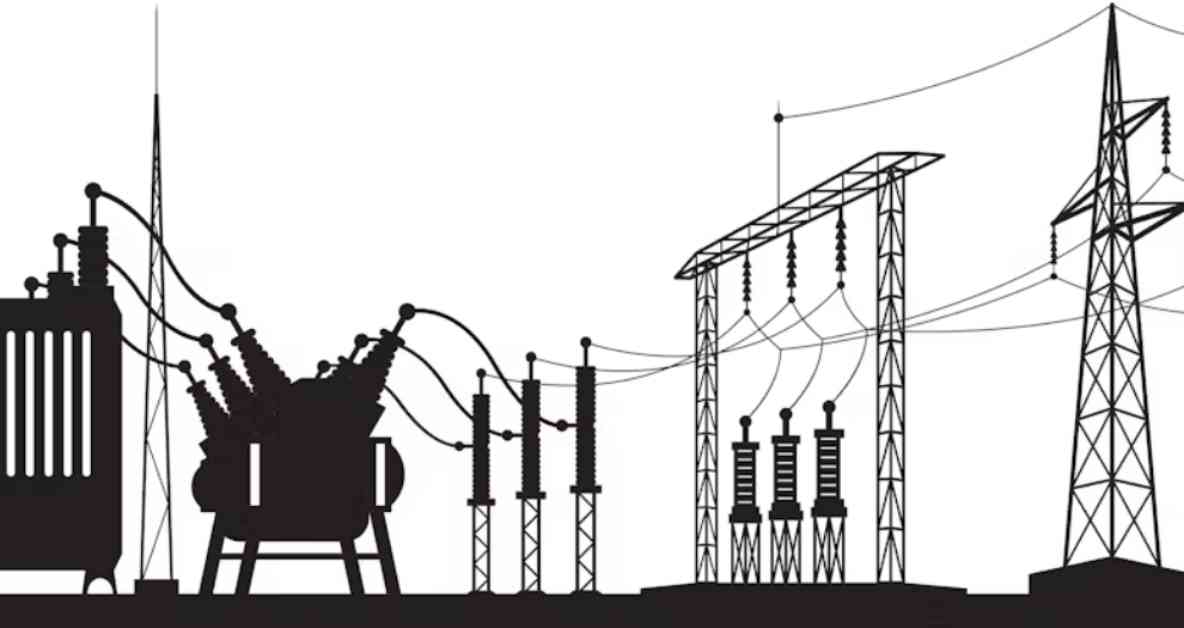The digital transformation of electrical substations is reshaping the landscape of how we manage and distribute electrical power. By integrating modern digital technology in place of outdated analog components, substation digitizing is ushering in a new era of efficiency and reliability crucial for meeting the increasing demands of consumers and businesses.
As an electrical power system expert, you understand the integral role that electrical substations play in the power grid. Acting as transfer points for electrical energy, these substations are responsible for transforming high voltage energy into lower voltage for distribution to consumers. However, traditional substations have long relied on analog components like electromechanical relays and meters for monitoring and controlling energy flow. While these components have been reliable in the past, they can be slow to respond and require manual intervention, making problem diagnosis and resolution challenging.
Digital transformation of substations involves the replacement of analog components with digital equivalents and the utilization of digital communication networks for data transmission and processing. This includes the installation of digital relays, protection systems, meters, and communication networks such as fiber optic cables to interconnect all components. These upgrades enable real-time monitoring and control of electrical energy flow, as well as quick problem diagnosis and resolution.
### Benefits of Digital Transformation
Upgrading substations with advanced digital components brings about numerous benefits. Firstly, enhanced reliability is achieved as digital components are less prone to failure and offer improved accuracy, facilitating easier problem detection and response in the power system. This, in turn, helps prevent outages and reduces equipment and infrastructure damage risks. Secondly, increased efficiency is realized as digital components can be programmed to automatically execute specific tasks, reducing manual intervention needs and enhancing overall power system efficiency. Moreover, the incorporation of digital components generates valuable data insights, enabling trend and pattern analysis for more informed decision-making processes. This data management through platforms like ADMS allows for easier access, retrieval, and analysis, leading to proactive problem anticipation and resolution.
### The Future of Substation Digitization
Integrating advanced digital technologies into electrical power systems transforms them into more efficient, reliable, and sustainable entities capable of meeting the demands of today’s world. As the world pivots towards renewable energy sources and smarter grid management, the digital transformation of substations becomes increasingly vital in ensuring power systems can keep pace with the changing landscape.
To enhance your power system’s efficiency and reliability, upgrading your substations with modern digital components is strongly recommended. The advantages of substation digitization are vast, offering improved efficiency, reliability, and safety levels. With digital transformation, you can revolutionize outdated analog substations into cutting-edge digital ones, opening up new possibilities in data management for a more secure, reliable, and efficient power system.
In conclusion, the power of digital transformation holds immense potential for revolutionizing electrical substations and ensuring a more sustainable and resilient power grid for the future.














